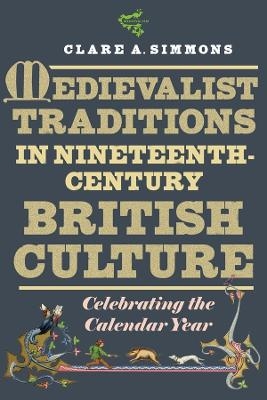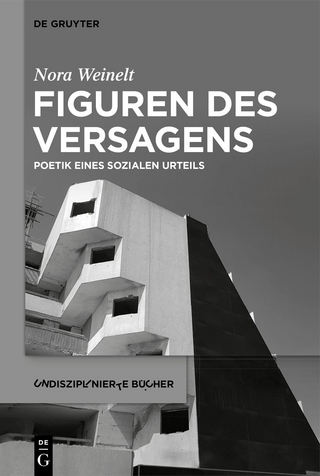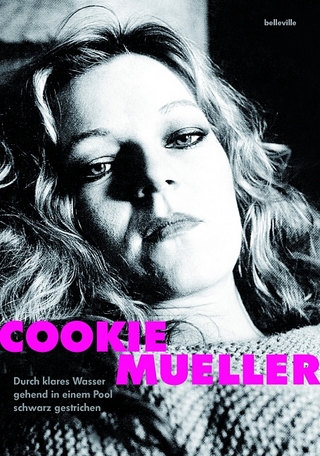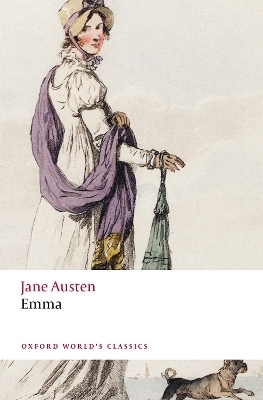
Medievalist Traditions in Nineteenth-Century British Culture
Celebrating the Calendar Year
Seiten
2021
D.S. Brewer (Verlag)
978-1-84384-573-7 (ISBN)
D.S. Brewer (Verlag)
978-1-84384-573-7 (ISBN)
A survey of the rituals of the year in Victorian England, showing the influence of the Middle Ages.
What does a maypole represent? Why eat hot cross buns? Did Dick Whittington have a cat? All these questions are related to a larger one that nineteenth-century Britons asked themselves: which was more fun: living in their own time, or living in the Middle Ages? While Britain was becoming the most industrially-advanced nation in the world, many vaunted the superiority of the present to the past-yet others felt that if shadows of past ways of life haunted the present, they were friendly ghosts.
This book explores such ghosts and how real or imagined remnants of medieval celebration in a variety of forms created a cultural idea of the Middle Ages. As Britons found, or thought that they found, traces of the medieval in traditions tied to times of the year, medievalism became not only the justification but also the inspiration for community festivity, from Christmas and Boxing Day through Maytime rituals to Hallowe'en, as show in the writings of amongst many others Keats, Browning and Dickens.
What does a maypole represent? Why eat hot cross buns? Did Dick Whittington have a cat? All these questions are related to a larger one that nineteenth-century Britons asked themselves: which was more fun: living in their own time, or living in the Middle Ages? While Britain was becoming the most industrially-advanced nation in the world, many vaunted the superiority of the present to the past-yet others felt that if shadows of past ways of life haunted the present, they were friendly ghosts.
This book explores such ghosts and how real or imagined remnants of medieval celebration in a variety of forms created a cultural idea of the Middle Ages. As Britons found, or thought that they found, traces of the medieval in traditions tied to times of the year, medievalism became not only the justification but also the inspiration for community festivity, from Christmas and Boxing Day through Maytime rituals to Hallowe'en, as show in the writings of amongst many others Keats, Browning and Dickens.
CLARE A. SIMMONS is a Professor of English at The Ohio State University.
Introduction: Medievalizing Time
1. The Christian and Not-so-Christian Year
2. Medievalist Calendar Experiments
3. Christmas Becomes a Season
4. Winter Love: St. Agnes and St. Valentine
5. Rites of Spring: Imagining Origins
6. Summer Festivals: Religion in Performance
7. Fragmented Autumn: Harvest-Home to Lord Mayor's Show
Epilogue: Christmas Ghosts
| Erscheinungsdatum | 02.02.2021 |
|---|---|
| Reihe/Serie | Medievalism |
| Zusatzinfo | 8 colour, 15 b/w illus. |
| Verlagsort | Cambridge |
| Sprache | englisch |
| Maße | 156 x 234 mm |
| Gewicht | 608 g |
| Themenwelt | Geisteswissenschaften ► Sprach- / Literaturwissenschaft ► Anglistik / Amerikanistik |
| Geisteswissenschaften ► Sprach- / Literaturwissenschaft ► Literaturgeschichte | |
| Geisteswissenschaften ► Sprach- / Literaturwissenschaft ► Literaturwissenschaft | |
| Sozialwissenschaften | |
| ISBN-10 | 1-84384-573-3 / 1843845733 |
| ISBN-13 | 978-1-84384-573-7 / 9781843845737 |
| Zustand | Neuware |
| Haben Sie eine Frage zum Produkt? |
Mehr entdecken
aus dem Bereich
aus dem Bereich
Poetik eines sozialen Urteils
Buch | Hardcover (2023)
De Gruyter (Verlag)
59,95 €
Buch | Softcover (2024)
belleville (Verlag)
20,00 €


